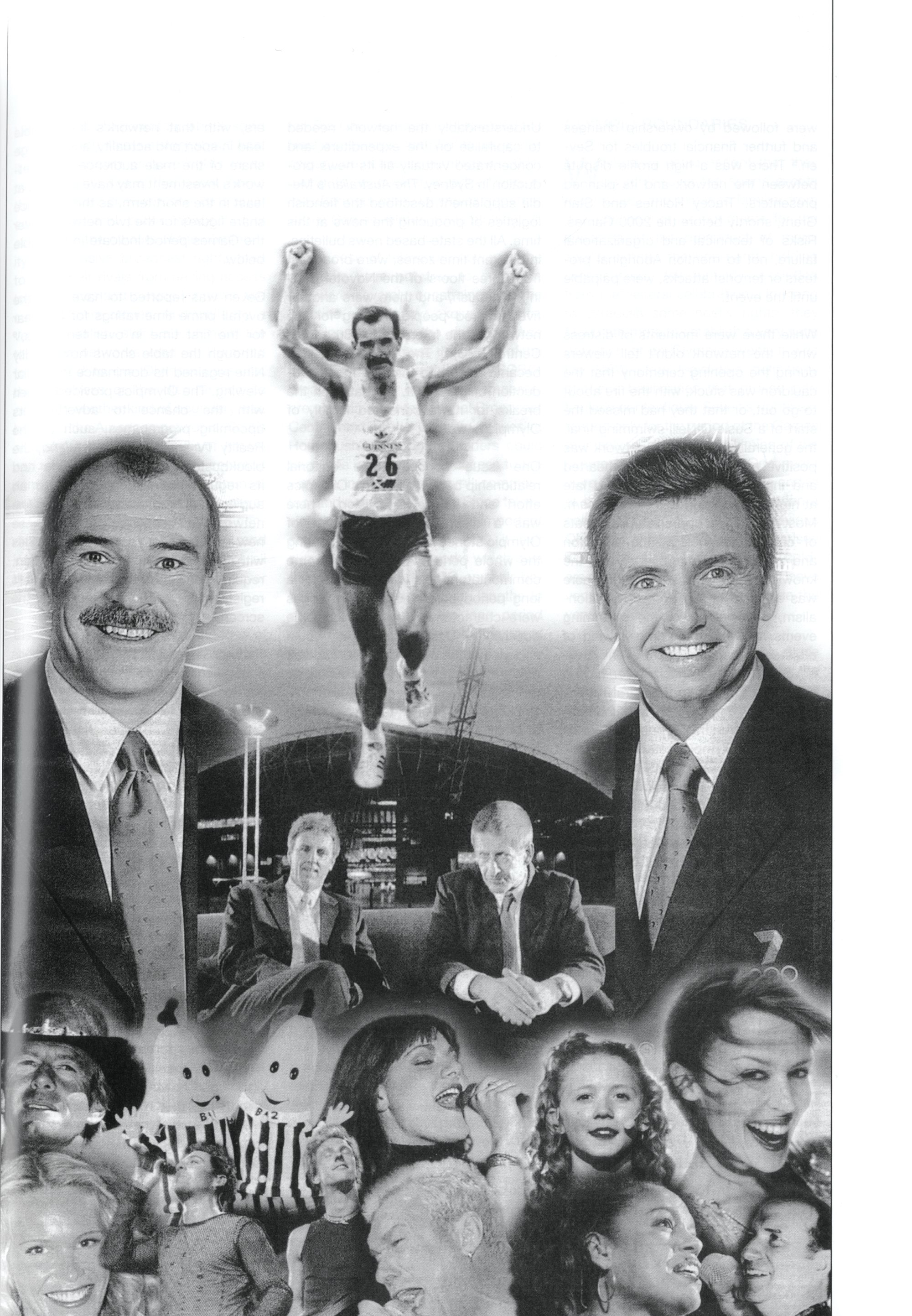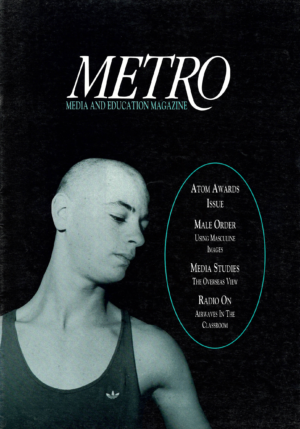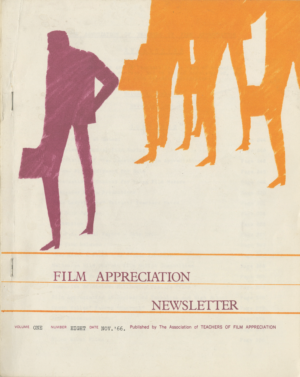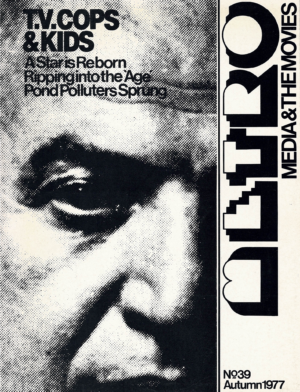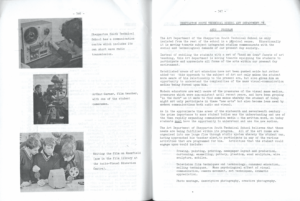One of the things I love, as a Sydney-based screen fan and analyst, is seeing how the negotiation between place, media form and content has played out over the time Metro has been in existence. Sydney has at times been a leader, at other times a follower, and at other times again merely one place in a chain contributing to a larger screen landscape.
In 1985, Metro ran an interview by John Hill with Ian Muir, who had written a Master’s thesis at UNSW on the changing role of Sydney television. Hill, himself an academic at the University of Newcastle at the time, asked about how television in a region like Sydney attracted and maintained viewers across different stations and with different interests; Muir responded: ‘In Sydney, where we have three commercial stations competing, if you did a content analysis at the end of the week you would find they offered pretty much the same range of things’ (M67). Sydney in the mid 1980s could be anywhere in Australia in the 2010s, it seems. Similarly interesting is a 1990 study of the media coverage of the Sydney Hilton Hotel bombing from about a decade earlier, which explored the relationship between media forms and the factual discrepancies that arise between them when apparently reporting on the same event and evidence bases (M81). The real losers are, of course, the people of Sydney: which reports are to be trusted, and which tell a whole story? Again, a prescient argument to be mindful of in the contemporary era of ‘fake news’.
By the 1990s, Metro’s role in providing coverage about a local industry under threat – from the publication of documentary maker Dennis O’Rourke’s address at the Sydney Film Festival in 1993 (M92) to Barbra Luby’s piece ‘Sydney Film Festival 1997: Addressing the Challenge?’ (M112) – had become invaluable. Whereas, in 1983, Andrew Vial waxed lyrical about ‘our own Sydney Film Festival’, which ‘is one of the oldest and most successful’ of the ‘other film festivals’ (M60) – that is, those other than Cannes – Luby’s piece gave a frank account of a festival under financial pressure. She recalled how the 1996 event had ‘recorded a loss of approximately [A]$78,000, which, coming after several successive years of small but accumulated losses, meant that it was a situation that had to be reversed’. Yet this pessimistic ‘snapshot’ also allowed for an opportunity to track progress as the festival turned around again. By 1999, Luby was able to report on a Sydney Film Festival that was in much better health, able to serve its city and its medium so that ‘[t]he cultural needs of Sydney’s film community, in a climate where the multiplexes are taking over vital alternative exhibition venues, can only be nurtured’ (M120).
By the 2000s, important events like the screening of Sydney to the world during the 2000 Olympics were also covered by Metro. Helen Wilson’s piece on the local Seven Network broadcast of the games included details that would have otherwise been lost to history. Of particular fascination was the commodification of individuals and the broadcast deals done around them: ‘[S]wimming champion Ian Thorpe continues to be under contract to Seven following the Olympics,’ Wilson pointed out, while ‘Nine had the broadcast rights to the World Championships in Perth in August 2001, at which Thorpe broke even more world records.’ This fact becomes all the more noteworthy when it is revealed that ‘Seven intervened to enforce Thorpe’s contractual obligations and stop him from appearing with the entire Australian swimming team on Nine’s A Current Affair shortly afterwards’ (M133). If looked at without this context in the future (say, by a media student investigating the identity politics of the time), Thorpe’s absence may be interpreted as a political or cultural gesture. Instead, Wilson’s report shows this to be the simple result of industrial quirks – an aspect of the media we still fail to consider in enough detail.
In only a few short years, screen media would be revolutionised by digital, on-demand and online content creation and dissemination, and Metro has been there to cover all of these, too. From Marissa Cooke’s 2007 coverage of the launch of ABC2 (M153, M154) to Stephen Byrne’s consideration of the changes in commercial television in the late 2000s (M163), the magazine has documented industry changes from production hubs like Sydney and beyond.
I’ve been proud to have also contributed, even if only in a small way, to this reportage; I’ve been examining television and new media as part of Metro’s Scope columns since 2011 and even long-form articles from time to time before that. In that time, I’ve covered, among other things, the rise of the ‘second screen’ (what we now think of as the near-compulsory Twitter feed for live TV), talk shows, and the establishment and rise to prominence of Netflix and other on-demand services in Australia. It’s been interesting, from where I work and watch in Sydney, to see how little location can mean sometimes when it comes to audience trends and creative receptions.
Happy 200th issue, Metro – thank you for the opportunities as a reader, writer and fan. Here’s to a few hundred more!
